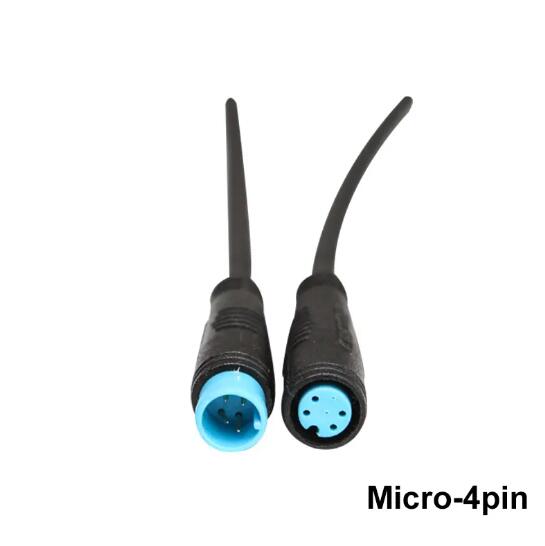Demystifying Signal Connectors: Understanding Their Primary Functions
2024-04-11
In the intricate web of electronic devices that define our modern world, Signal Connectors serve as the unsung heroes, silently facilitating the flow of information between components. While often overshadowed by their more conspicuous counterparts, the primary functions of Signal Connectors are nothing short of essential. Let's delve into their world and uncover the key roles they play in enabling seamless communication.
At its essence, a Signal Connector serves as a bridge between electronic devices, facilitating the transmission of electrical signals with precision and reliability. Unlike power connectors, which are tasked with delivering electrical power, Signal Connectors specialize in carrying low-voltage signals crucial for communication, data transfer, and control.
1. Signal Transmission: The foremost function of a Signal Connector is, unsurprisingly, signal transmission. These connectors serve as conduits through which electrical signals travel from one electronic component to another, enabling devices to exchange information seamlessly. Whether it's transmitting audio and video signals in multimedia systems or relaying sensor data in industrial applications, Signal Connectors play a pivotal role in ensuring data reaches its intended destination accurately.
2. Signal Integrity Preservation: Beyond merely ferrying signals from point A to point B, Signal Connectors are designed to preserve the integrity of those signals. In a world rife with electromagnetic interference (EMI) and signal noise, maintaining signal fidelity is paramount. Signal Connectors employ various techniques such as shielding, impedance matching, and low-capacitance designs to minimize signal distortion and ensure that data arrives intact, free from corruption or degradation.
3. Compatibility and Interoperability: Another crucial function of Signal Connectors is facilitating compatibility and interoperability between electronic devices. In an ecosystem where devices come in myriad shapes, sizes, and interface standards, Signal Connectors serve as the universal language that enables seamless communication. Whether it's connecting peripherals to a computer, linking sensors to a control system, or interfacing modules within a larger electronic assembly, Signal Connectors bridge the gap and ensure that devices can work together harmoniously.
4. Miniaturization and Space Optimization: As electronics continue to shrink in size and expand in functionality, Signal Connectors play a vital role in enabling miniaturization and space optimization. Their compact form factors and high-density configurations allow for the creation of sleeker, more streamlined devices without sacrificing connectivity or performance. From smartphones and wearables to medical implants and IoT sensors, Signal Connectors empower designers to push the boundaries of what's possible in terms of device size and portability.
5. Reliability and Durability: Last but certainly not least, Signal Connectors are engineered for reliability and durability in the face of demanding operating conditions. Whether subjected to extreme temperatures, vibrations, or moisture, Signal Connectors are built to withstand the rigors of real-world use while maintaining consistent performance over time. Features such as ruggedized housings, secure locking mechanisms, and corrosion-resistant materials ensure that connections remain steadfast and trouble-free, even in harsh environments.
In essence, Signal Connectors are the unsung heroes of the electronics world, quietly enabling the seamless transmission of data between devices. From preserving signal integrity to facilitating compatibility and miniaturization, their primary functions are indispensable in shaping the interconnected landscape of modern technology. So, the next time you marvel at the wonders of your electronic gadgets, take a moment to appreciate the crucial role played by the humble Signal Connector in making it all possible.



